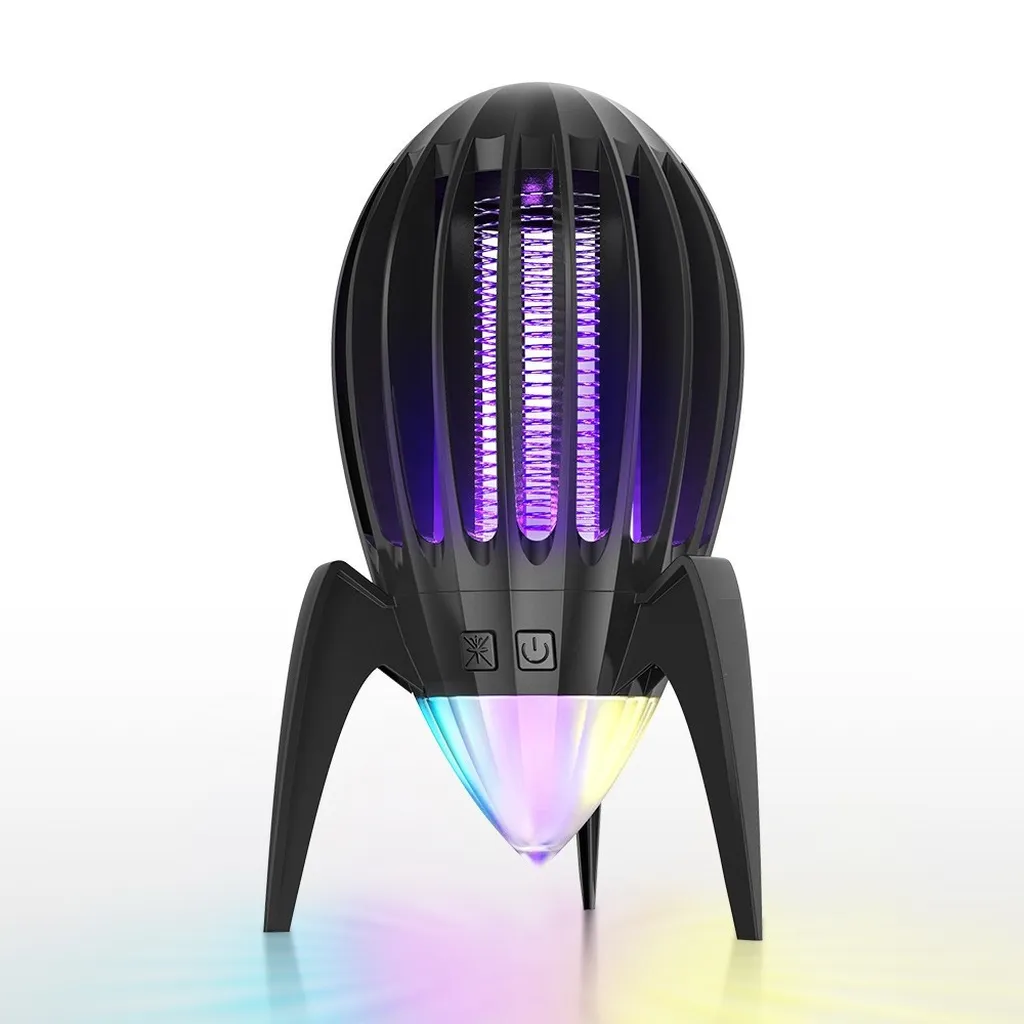In the heart of Indonesia’s tropical climate, where mosquitoes thrive, a novel approach to pest control is emerging, one that could reshape the energy sector’s role in public health. Researchers, led by S. Suriyanto from Universitas Malikussaleh, have developed a mosquito trap that leverages high-voltage direct current (HVDC) and ultraviolet (UV) light to combat the spread of dengue fever. This innovative solution, detailed in the Journal Geuthee of Engineering and Energy (translated as Journal of Engineering and Energy), offers a glimpse into the future of energy-efficient pest control.
The tropical climate in Indonesia is a breeding ground for mosquitoes, particularly the Aedes aegypti species, which is responsible for the spread of dengue fever. Traditional methods of mosquito control often fall short, but Suriyanto’s research presents a promising alternative. “Mosquitoes are drawn to UV light with a wavelength between 350 nm and 370 nm,” Suriyanto explains. “By using UV LEDs, we can attract mosquitoes effectively. High voltage is then used to kill them, making the trap both efficient and eco-friendly.”
The device is equipped with a temperature sensor, which plays a crucial role in its effectiveness. Mosquitoes are less active in cold temperatures and become more active as the temperature rises. The sensor ensures that the trap operates optimally, attracting mosquitoes during peak activity times. “We found that mosquitoes are most active during sunset when the temperature and humidity levels are just right,” Suriyanto notes. “This is when our trap is most effective.”
The use of HVDC, generated through the Cockcroft-Walton method, is a key innovation in this research. The high voltage applied to the trap’s wires ensures that any mosquito that comes into contact with it is killed instantly. This method is not only effective but also energy-efficient, making it a sustainable solution for mosquito control.
The commercial implications of this research are significant. The energy sector could play a pivotal role in public health by integrating such technologies into existing infrastructure. Imagine smart cities equipped with energy-efficient mosquito traps, reducing the spread of diseases and improving the quality of life for residents. This research could pave the way for similar innovations, shaping the future of pest control and public health.
Suriyanto’s work is a testament to the power of interdisciplinary research. By combining principles from electrical engineering, biology, and public health, the team has developed a solution that addresses a critical need. As the world grapples with the challenges of climate change and disease control, such innovations become increasingly valuable.
The research published in the Journal of Engineering and Energy offers a glimpse into the future of energy-efficient pest control. As Suriyanto and his team continue to refine their design, the potential for widespread application grows. This is not just a step forward in mosquito control; it’s a leap towards a healthier, more sustainable future.

